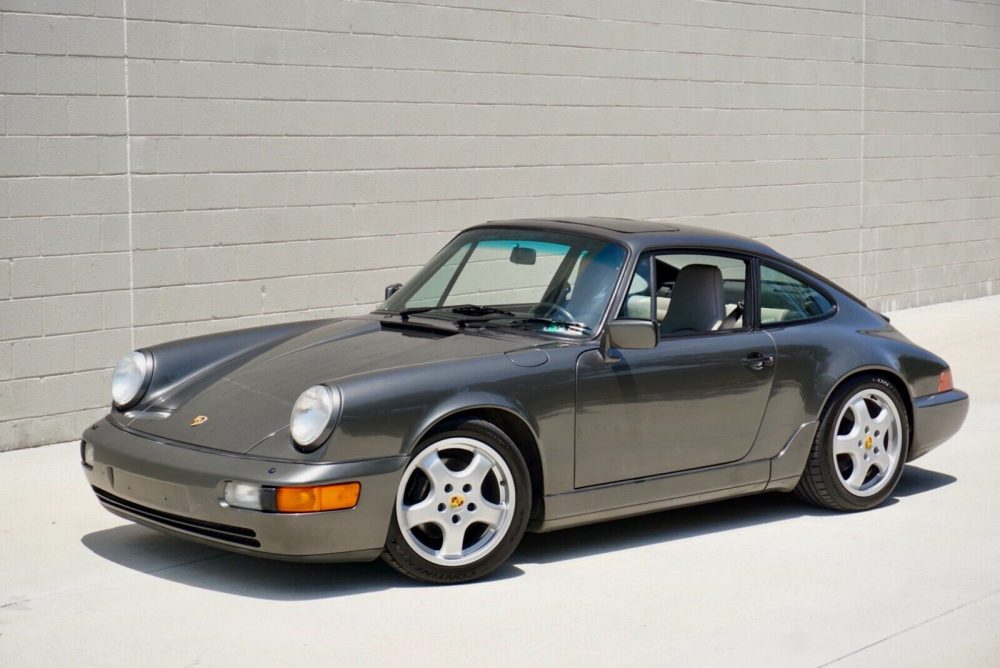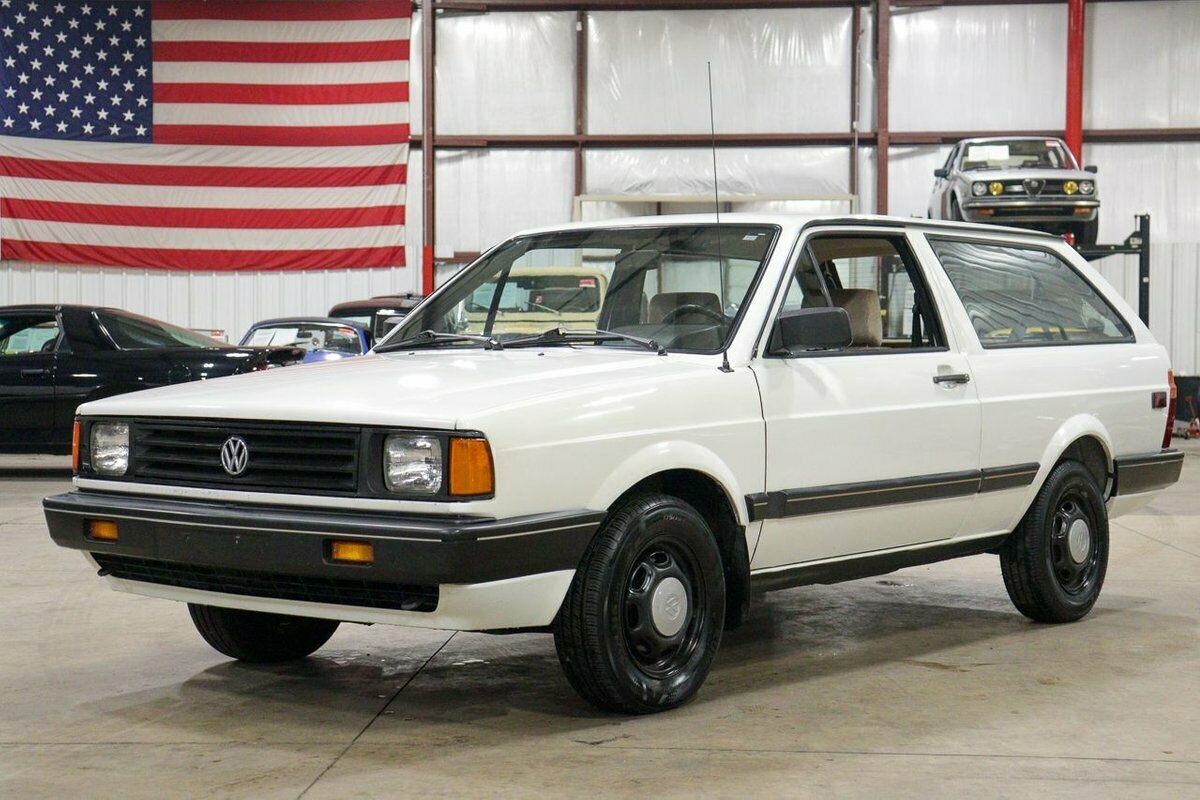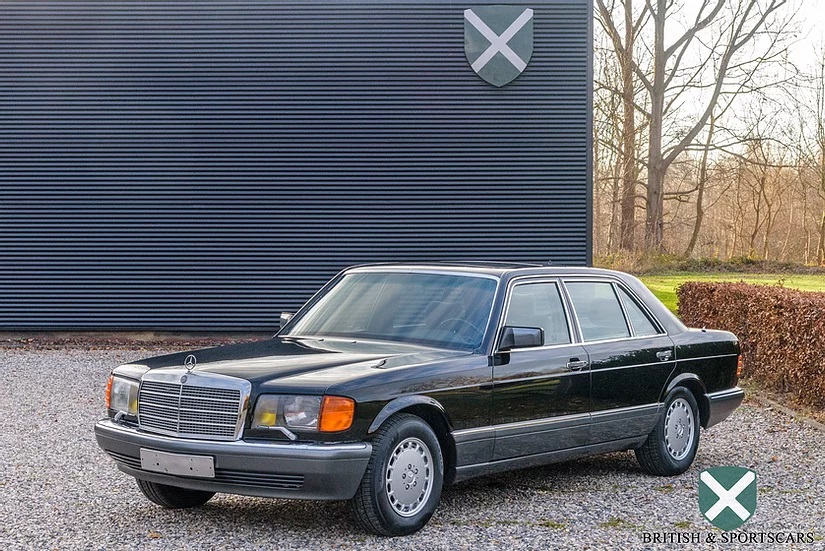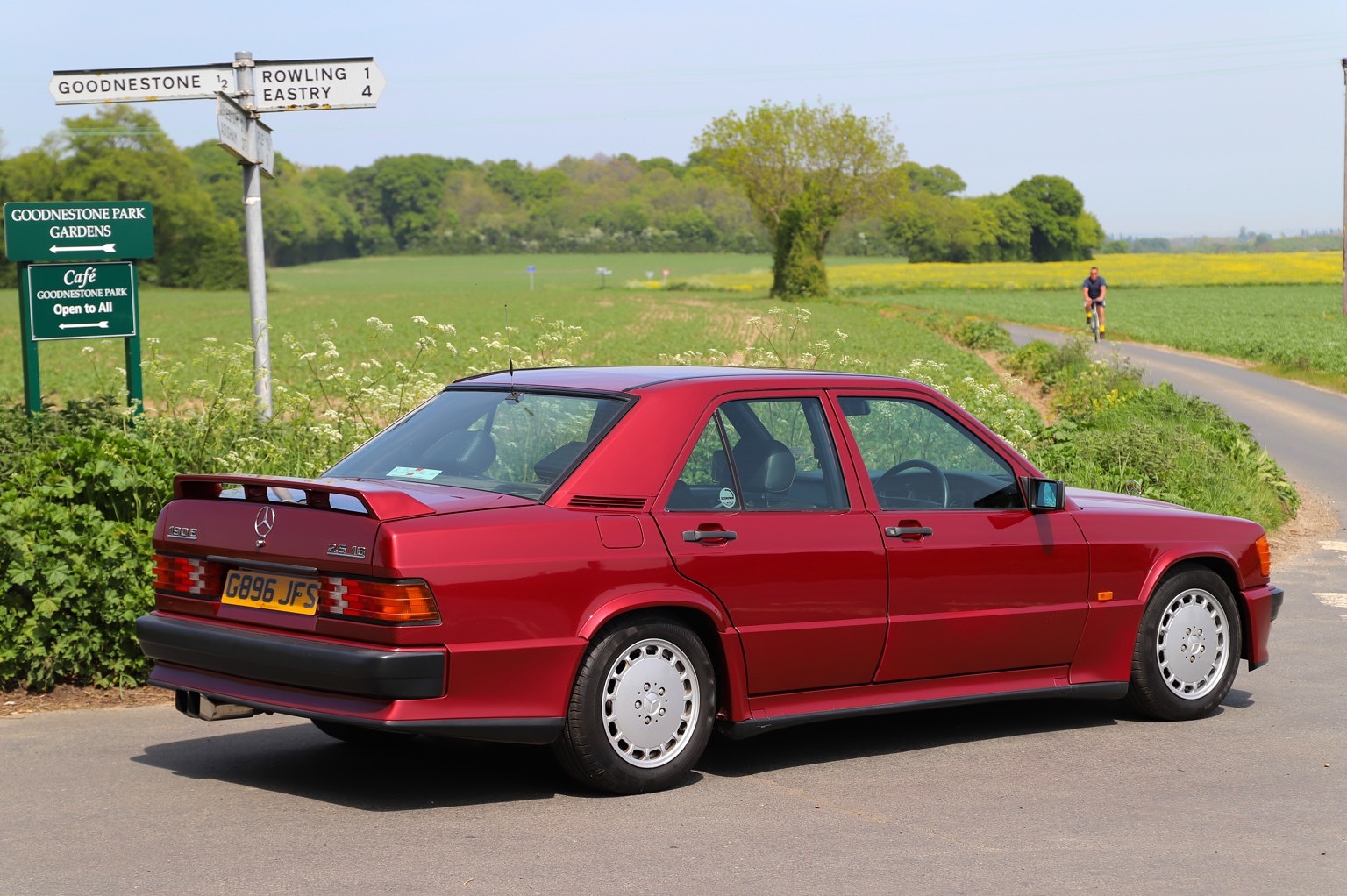Sometimes I don’t know what to make of the 964 Porsche 911 Carrera 4. You can certainly appreciate Porsche moving to an all-wheel-drive setup, but that comes with a lot of compromises. The big ones being weight, complexity, and losing a bunch of power from all that driveline. Suddenly you have a peppy 911 turned into a heavier car that needs to divvy up its power to the front wheels. You may feel differently, but I think the juice isn’t worth the squeeze with that. The values seem to disagree with me.
Tag: 1989
BMW took a big leap at the end of the 1980s and introduced some pretty extreme design language. First was the E31 8-series, a seeming quantum leap from the outgoing 6-series. That chassis pioneered, for better or worse, a tremendous amount of technical and electronic innovation for BMW. The 8s relied on a bevy of computers to control its chassis, electronic suite and engine. Side by side with the more famous Grand Tourer though was a diminutive roadster BMW produced based heavily on the E30 chassis. Instead of a heavy reliance on computer technology, the futuristic (hence Z for the German word for future – Zukunft) plastic bodied Z1 looked like a supercar even if it didn’t go like one. Park one next to a E30 convertible and you’d never know the two are related!
The Z1 was a complete departure for BMW; while they were not strangers to small cabriolets, their previous efforts were in the 1930s with the 315/1 and the 1960s with the 700. BMW went away from the idea of an integral body and frame to a separate chassis with removable, plastic body pieces. The idea was that the owners could replace the panels themselves to “repaint” the car with minimal effort. It was something the Smart car would be notable for – a car that launched a decade following the Z1. To get the paint to adhere to the bodywork, BMW had to partner with AZKO coatings to develop a flexible paint which they termed ‘Varioflex’, while the bodywork had to be attached using a unique elastic joint technique. The doors didn’t open out – they slid down into the supporting chassis structure. The underbody was flat, not only for aerodynamics, but the tray turned into a diffuser towards the back, assisting in sticking the rear to the ground as speeds rose. In front was nothing new: the venerable M20 from the E30 popped up here, too – but in the rear the Z1 was new with a multi-link rear axle of its own. This new design would later be incorporated into the E36. It’s interesting that with the Z3 BMW opted to go the opposite route and incorporate earlier E30 pieces into the rear of the /7 and /8. While performance was relatively leisurely, the Z1 nevertheless garnered praise for its innovation, unique design and great looks. They never made it to U.S. shores and only around 8,000 examples were ever produced, but a few have crossed the Atlantic now that they’re old enough to be more easily imported:
CLICK FOR DETAILS: 1989 BMW Z1 on eBay
1 CommentThe Volkswagen Fox is a model which is almost entirely overlooked by us. It’s not because we don’t like the concept of the entry-level Volkswagen brought to the U.S. from Brazil, but the budget pricing coupled with legendary 1980s Volkswagen reliability and build quality (cough cough) hasn’t exactly left a plethora of examples of these small VWs left to contemplate. The Fox was offered in three configurations – two door coupe, four door sedan and two door wagon. Without a doubt, it was the wagon which gets the most enthusiast attention these days. In profile, it looks a bit like a B2 Audi if they had made a wagon, and indeed pop the hood and you’ll see the same longitudinal configuration. Some parts are even interchangeable with the B2 Audis, like the steering rack. But more of this car was shared with the Golf than any Audi product, and though the Fox resurrected the Audi B1 nameplate here the two shared only a passing resemblance. Infrequently seen, these little wagons are neat cars that march to the beat of slightly different Brazilian drummers:
CLICK FOR DETAILS: 1989 Volkswagen Fox GL Wagon on eBay
8 Comments
Some will argue that the W126 S-Class was one of the finest automobiles ever produced. At the end of the day, it does everything well, and doesn’t complain about it. It has everything you need, but nothing more. The styling is handsome, but can blend into a crowd with ease. Running costs? Outside of a hydraulic rear suspension that is well worth the trouble, it can be fixed by the most average of mechanics. Time has been kind to the W126, and prices reflect that. Finding a nice one under $10,000 is a tough ask, and the nicest 560SELs with low miles will put you into new Honda Accord prices.
Today, we travel to Belgium to look at a European-spec 1989 560SEL that has some miles on it, but taking a look at the condition, you’d swear it has a quarter of that. Worth the asking price?
CLICK FOR DETAILS: 1989 Mercedes-Benz 560SEL at British & Sportscars
2 Comments
As cool as the Mercedes-Benz 190E 16v is, the colors Mercedes offered for US market cars were not extensive. You had two choices, Blue-Black Metallic or Smoke Silver. Blue-Black is just a plain black, and Smoke Silver is dangerously close to tan or beige. The situation is not ideal for those of us who like colors. In Europe? There was another color, Almandine Red Metallic. It’s a beautiful shade of dark red or burgundy that isn’t so red like “Rosso” from Ferraris, but a subdued shade. Today, I came across a 1989 16v-2.5 that looks great, but one big problem. The steering wheel is on the wrong side. That surely throws a spanner in the works.







